Join Control Automation for a visit to Beckhoff USA in Minneapolis, MN, as we learn about cabinet-free controls, high-speed motion, and magnetic conveyance working to drive the future of the industry.
Remember the year 2019? That was one year before COVID rocked the world with shutdowns and global shortages of resources that forced many companies to re-evaluate their core business. But for many companies, that was not a time of scaling back but rather driving forward and supporting manufacturers who were working hard to keep the world running,
Such is the case for Beckhoff, a leader in automation technology with its US headquarters in Minnesota. During the past several years, not only has Beckhoff made steady progress in the automation industry, but the brand has continually been at the forefront of high-speed motion, control, and networking capabilities.
Recently, Control Automation visited the US headquarters to explore several exciting and innovative product lines that Beckhoff has been demonstrating to the world, from servo motion to cabinet-free control and the exciting modern systems of magnetically actuated product transport.
A Tour Through the Backhoff HQ
The US headquarters facility in Savage, MN, houses a number of critical functions, all of which are familiar to customers, but perhaps mainly from the receiving end of a Teams meeting, phone call, or email.
The technical support center boasts a full range of Beckhoff products at each workbench, a testament to the fact that when you call with a support request, a Minneapolis-based engineer can actually recreate the working environment to best troubleshoot any problem symptoms. In controls engineering, problems revolve around the connection of various field or network devices from multiple vendors. Hence, it’s important to be able to rebuild a working system instead of following scripted flowchart steps.
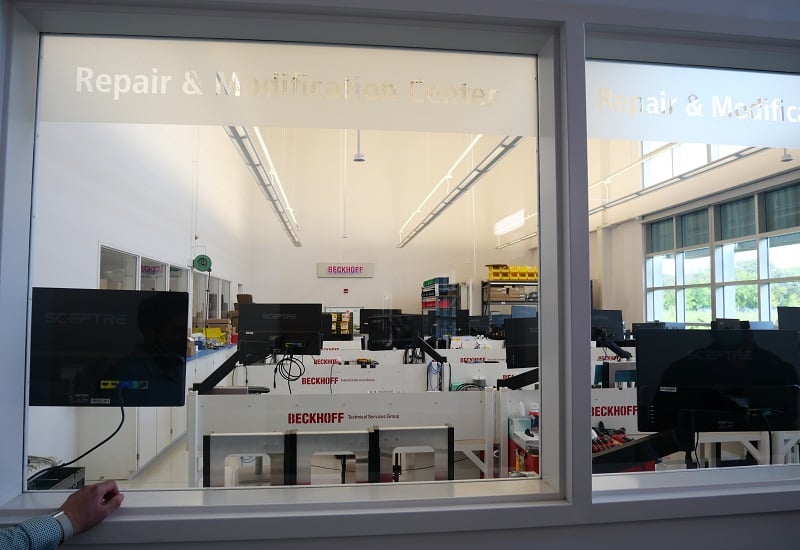
Figure 1. The repair and modification center at Beckhoff’s US HQ in MN.
The repair and modification center is the hub of repair, troubleshooting, and testing to ensure that customer equipment is fixed and returned to the field as quickly as possible. After repairs, a wide array of tests can be conducted to verify that the fix was sufficient for the equipment to return to service once shipped back to the customer.
Inventory and Shipping
Over the past few years, we’ve heard a lot about labor shortages and long delivery times (thanks to material shortages, shipping delays, etc). This affects the OEMs and so, in turn, greatly affects the end-user companies around the globe. To minimize disruptions, companies like Beckhoff rely on automation to expedite the process of receiving, storing, and shipping goods to customers.
What better for a company that designs and manufactures automation equipment to rely on it within its own facility? The automated storage and retrieval system (AS/RS) used by Beckhoff reveals products with the company’s own branding under the hood.

Figure 2. OPEX Infinity® automated storage and retrieval system.
As the name indicates, the AS/RS, built by leading intralogistics equipment manufacturer OPEX, is tasked with storing and retrieving Beckhoff products in the US. The system is integrated with mobile-guided robots that can move both horizontally and vertically to pick products from any bin at any level. This automation system houses a number of Beckhoff products inside, so in this way, an OEM customer of Beckhoff has become a supplier to the automation giant.
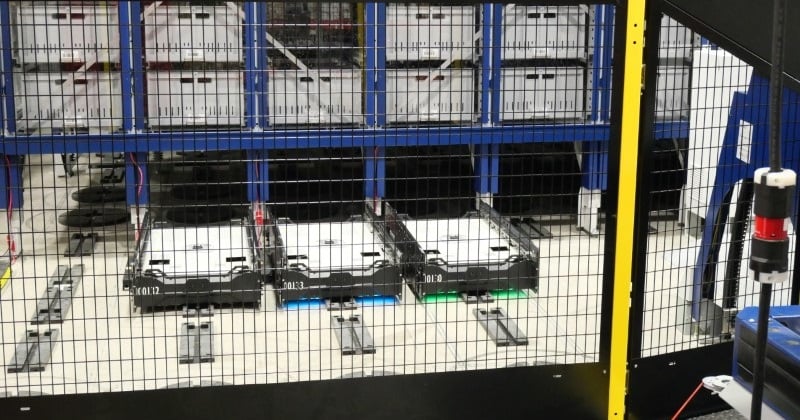
Figure 3. Mobile robots follow paths to navigate throughout the OPEX Infinity AS/RS.
The products must also be moved between the AS/RS presentation stations and the shipping bays. Additional conveyor systems move products downstream, and cameras inspect products and identify bin labels.
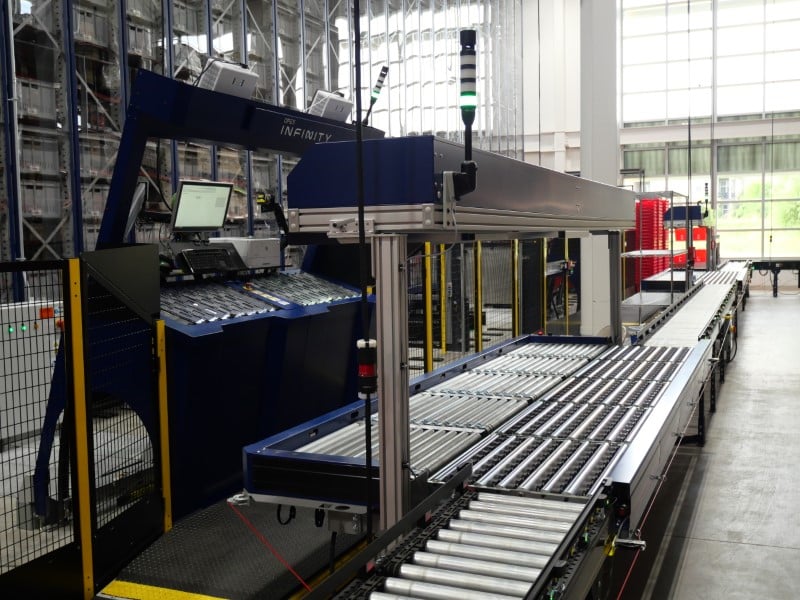
Figure 4. Product conveyance for shipping to customers.
A closer investigation of the devices on the added conveyor sections reveals Beckhoff motor-driven roller (MDR) controllers along with sensing and safety elements in order to create a seamlessly automated environment. Safety pull cords, e-stops, vision systems, proximity detectors, and motion controllers all work together for safe product handling and shipping with the AS/RS.

Figure 5. Beckhoff motor-driven roller (MDR) controller module and brake chopper module.
Demonstrations in the Showroom
No tour would be complete without a deep dive into the technology. Several major innovations from Beckhoff over the past several years include the MX-System, an entire control ‘cabinet’ solution, but without the cabinet. Modular motion controllers ease the burden for machine builders who yearn for a simpler multi-axis solution. Finally, the mechatronic XTS and XPlanar systems use the force of magnetics to transport movers in cyclic process industries where speed and precision are extremely important.
MX-System
A typical control cabinet electrical flow may look much like this: power enters and is immediately distributed to AC voltage load devices and the DC power supplies. The DC power is supplied to all kinds of control, I/O, and actuators, while the AC is routed to motor drives and other devices. Finally, a communication protocol links the various devices to quickly share control information.
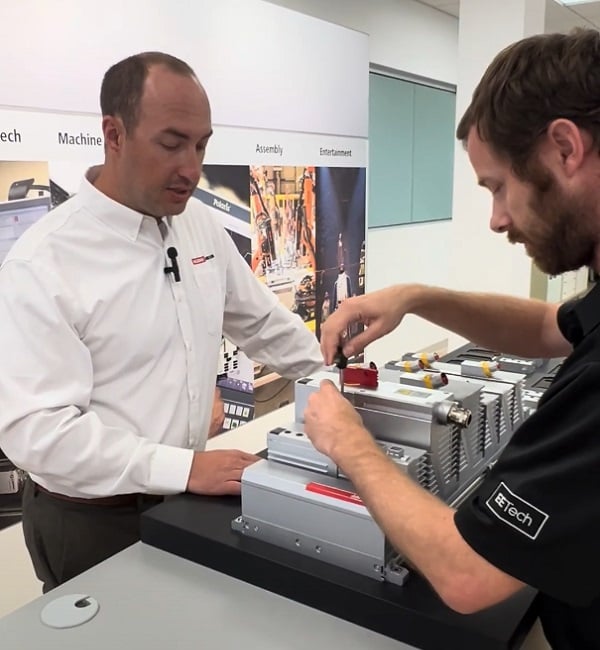
Figure 6. Control Automation’s David Peterson learns about cabinet-free control from Eric Reiner, MX-System Product Manager at Beckhoff USA.
To simplify this entire process, the innovative MX-System from Beckhoff simply replaces all the traditional wiring and DIN rail mounting with a single baseplate housing power and communication systems. The MX-System eliminates a majority of the standard modular infrastructure components like relays, contactors, and 24 VDC power supplies. The motor drives, power supplies, controller, and I/O modules plug into the baseplate with a watertight IP67-rated seal. The EtherCAT communication across the baseplate means that any module (including relays) provides diagnostic data to ensure a healthy running system and that it can be easily monitored.
AX8000 EtherCAT Servo Drives
Another highlight involves constant increases in drive modularity, creating motion systems that are easier to build, configure, and expand when necessary. When each motion axis is a completely separate unit, there is a higher demand for space, more network expansion equipment, and separate power infeed wiring for each unit.
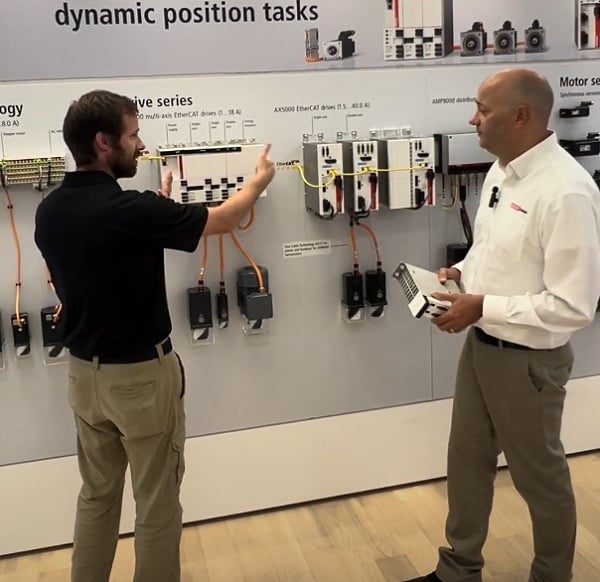
Figure 7. David Peterson explores the modularity of the AX8000 drive system with Matt Prellwitz, Drive Technology Product Manager at Beckhoff USA.
To alleviate some of these headaches, AX8000 motion axis modules link together in a more familiar chassis style, much like modules in a field I/O or PLC system. As the axis modules are directly linked together, a bridge connector provides a secure link back to the power supply module for the high-voltage DC bus, low-voltage DC control power, and EtherCAT protocol. The system even includes a regenerative brake resistor module to recapture energy from motion changes. This whole system was designed in response to the requests of machine designers for simplicity and ease of use in motion system commissioning.
XTS Linear Transport System
“Flexible” is certainly a buzzword for manufacturing these days. In the world of motion, flexibility means being able to place an item on a conveyor or index table, and the system immediately is aware of its location, being able to optimize that item into the workflow and control it independently of all others. That sounds like a pretty lofty goal, but it’s exactly what the XTS (and its partner, the XPlanar intelligent transport system) set out to accomplish.

Figure 8. David Peterson discusses the XTS tracks and movers with Peter Swift, Mechatronics Senior Product Engineer at Beckhoff USA.
The eXtended Transport System (XTS) uses magnetic forces to transfer the movers at high speeds around tracks with straight and curved sections while accommodating surprisingly robust payloads. With traditional fixed motion systems, like an indexing table, adding more product slots requires redesigning the entire table. With the XTS, a new mover is added, the software is quickly updated, and the new product slot is ready to be integrated into the system.
Always Driving Forward
It’s difficult to stay at the cutting edge of technology these days since the pace of digital tools and cloud systems keeps accelerating. Still, hardware will always be a central component of automation and control systems.
Our thanks to the team for accommodating our visit and for demonstrating how Beckhoff engineers integrate digital tools into the latest high-speed, high-capability hardware for the future of industrial automation!
All images used courtesy of the author
Copyright Statement: The content of this website is intended for personal learning purposes only. If it infringes upon your copyright, please contact us for removal. Email: admin@eleok.com
